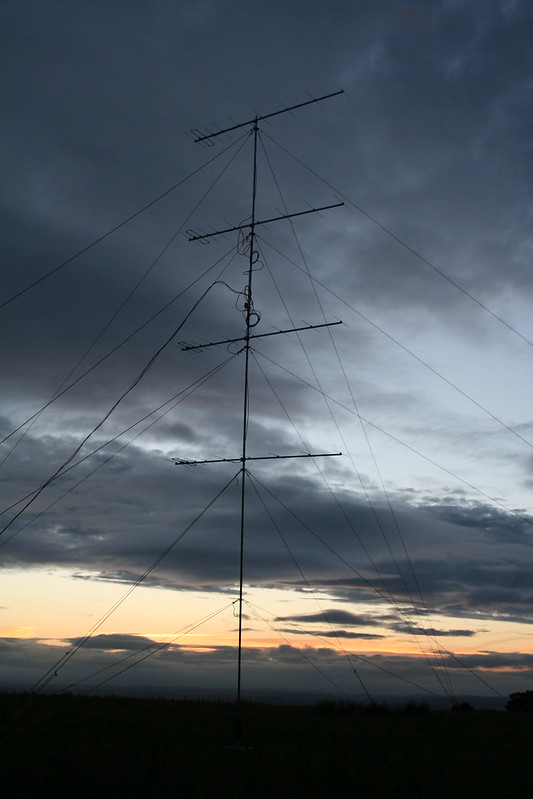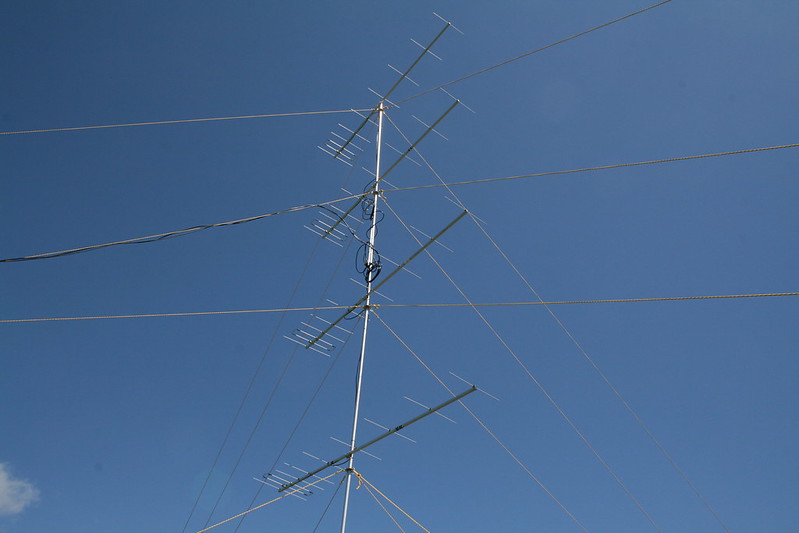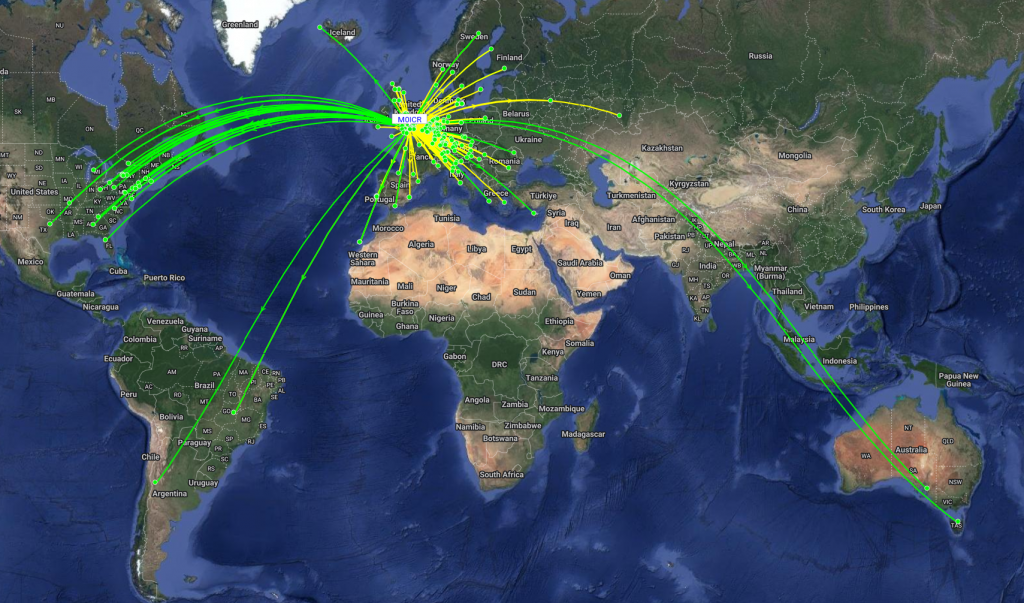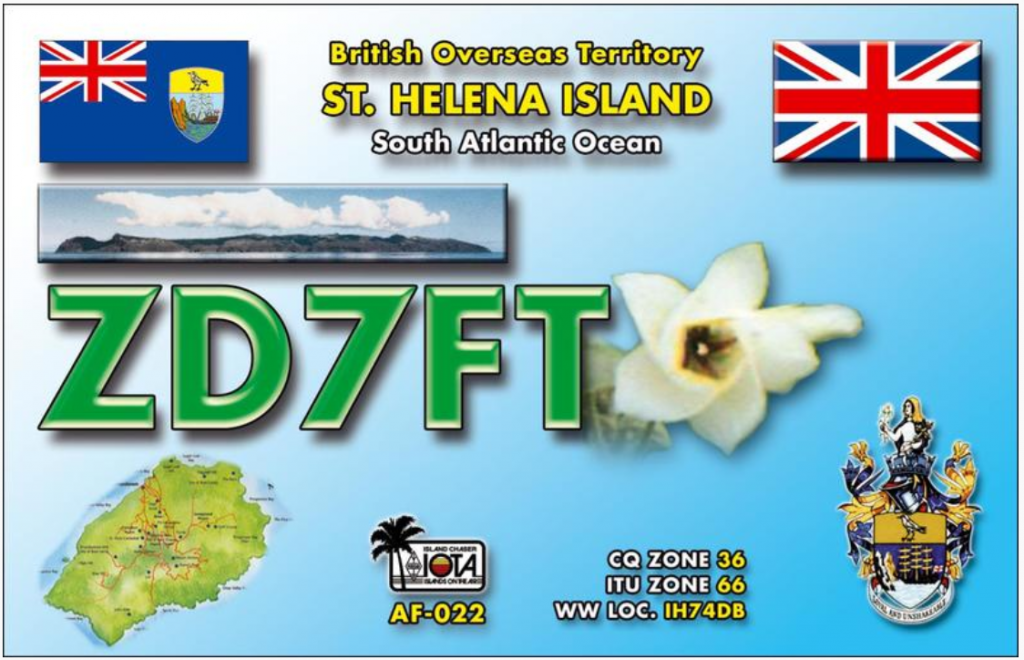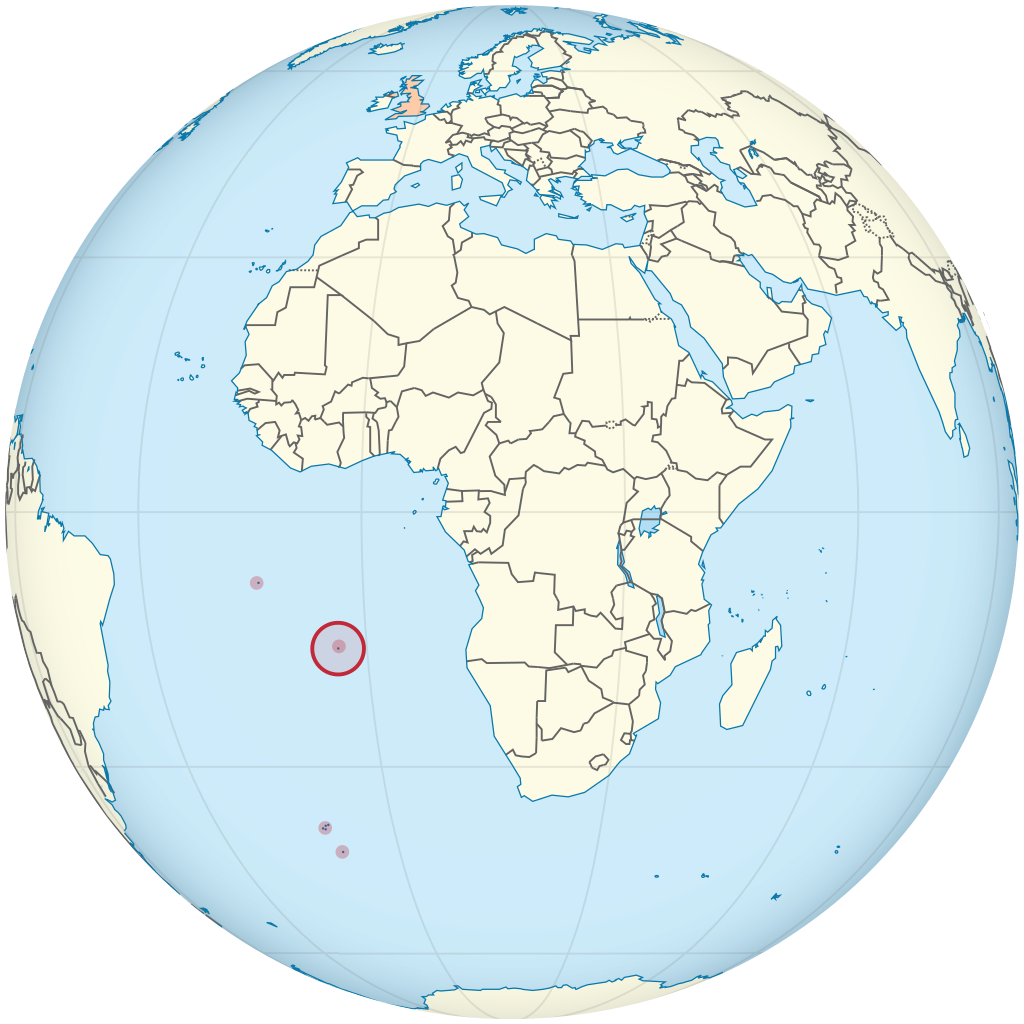Welcome to my amateur radio and electronics Blog. My name is Carl and I live between Northwood and Rickmansworth on the Greater London / Hertfordshire border. This new blog was started 26th December 2020 although I am in the process of transferring some of the more interesting posts from my old Blogspot pages. My main radio interests are:
* VHF to SHF DXing and contesting
* HF Dxing, digital modes and contesting (particularly RTTY contesting)
* Equipment and antenna construction, including homebrew and kits
My personal contest callsign is G2K. When contesting with ‘The Rats’ you may hear me using either our club call G3RAT or our club contest call G2D, we also have the club call M0HRF but that is used somewhat less now that we have been issued G3RAT.
Despite the fancy Icoms etc and potential to operate up to 400W on HF when the situation is appropriate I still very much enjoy operating low power low cost radio. I am a big fan of Hans Summers and his QRP Labs enterprise. You can find Hans’ website here and his QRP Labs shop here. I particularly enjoy the QCX Mini range of CW QRP transceivers owning one for each of 20m and 40m. See Hans’ QCX Mini Youtube video here.
Drowned Rats Radio Group
I am proud to be a founding member of the Drowned Rats Radio Group, if you want to know more about the Rats check out our webpage at About Us | Drowned Rats Radio Group (g3rat.com). We are VHF and above enthusiasts (although we also do some HF!), we do contesting and more. Recruiting now!
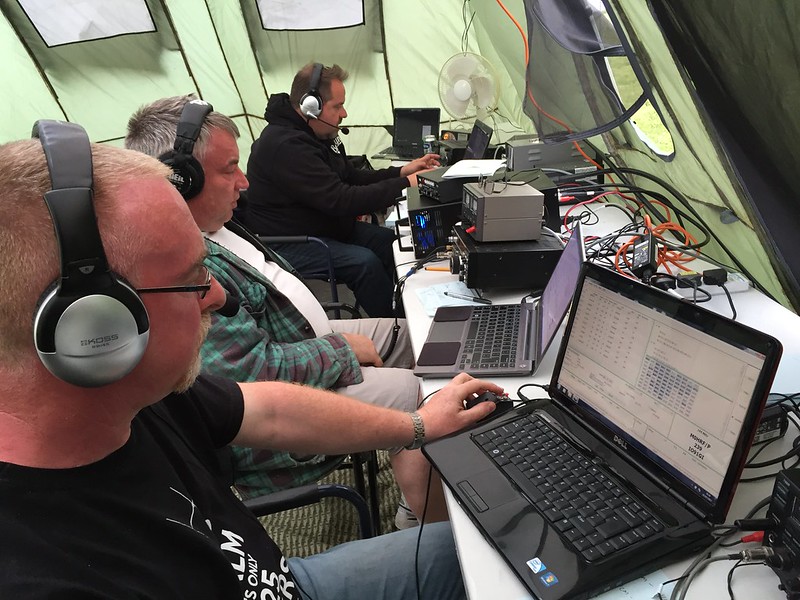
Back to Front: In the operating tent – Gene M0ZRG, Anthony G7LRQ, Stuart M1SMH
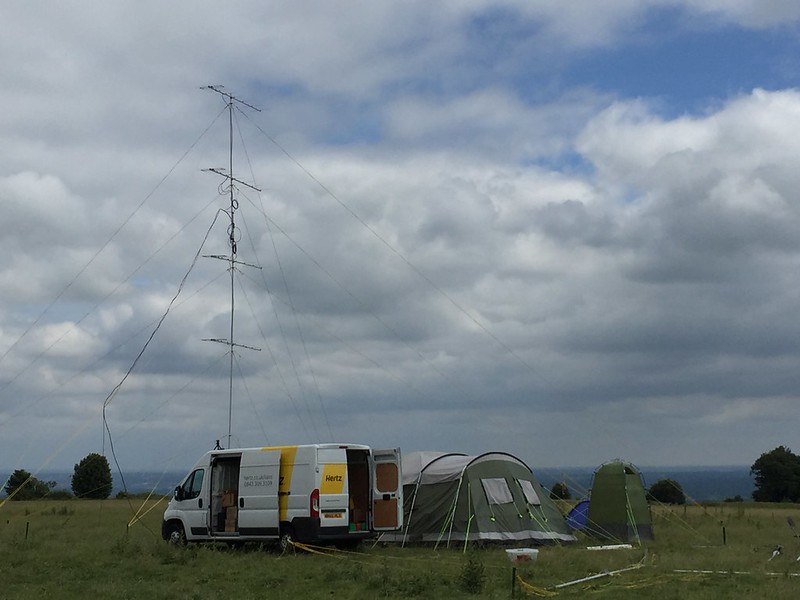
Rats on tour – Walbury Hill – NFD
We are always looking for new members to join the team
We welcome newcomers and old-hands alike, full training is given and we have a lot of fun! If you are in the UK and would like more information including how to get involved in the weekly VHF-SHF activity contests and/or to come out with us on one of our field events please contact us on the link above or feel free to email me direct. If you’re new to VHF and above contesting in the UK check out my beginners guide here.

